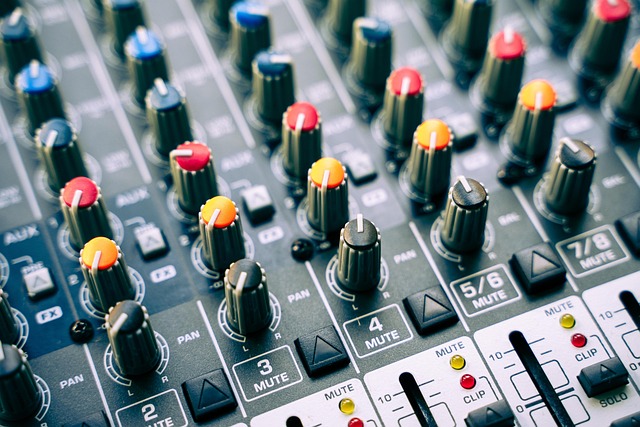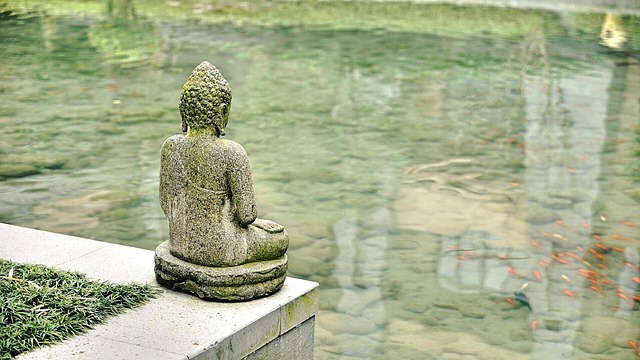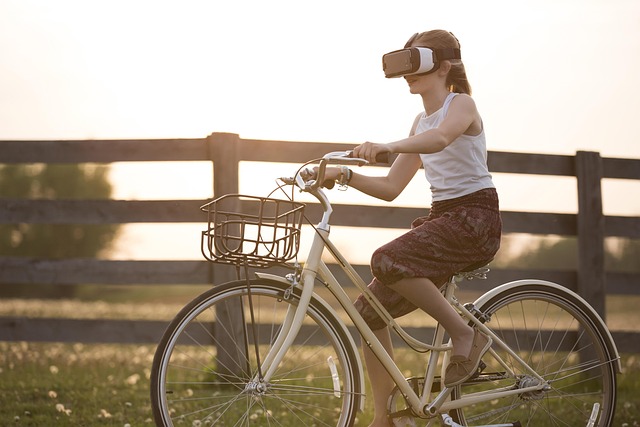
Sound Installation Immersive Soundscapes Transform Public Spaces
Sound has long been a tool for shaping space, but the rise of the sound installation has pushed the medium into new realms of immersion and interaction. By weaving sonic layers into architectural and natural settings, these installations create environments that respond to movement, weather, and audience presence, turning ordinary public spaces into living, breathing soundscapes. In the following article we explore the evolution of the sound installation, its defining characteristics, and the profound ways it reshapes how we experience public realms.
Origins and Evolution of the Sound Installation
The concept of placing sound in a physical space dates back to early 20th‑century experiments in psychoacoustics and theater. However, the term “sound installation” began to crystallize in the 1970s and 1980s with the work of composers and artists who treated acoustic environments as sculptural objects. Artists such as Christian Marclay, who used looping records to create evolving sonic textures, and Ryoji Ikeda, who translated mathematical concepts into field recordings, pushed the boundary between listening and inhabiting a space.
Throughout the 1990s, the emergence of digital audio technology and spatialization techniques enabled more complex layering of sounds. Sound installations moved beyond the gallery walls into parks, plazas, and streets, offering the public a chance to encounter art without the constraints of a traditional exhibition. The late 2000s brought a renewed focus on interactivity, with installations responding to real‑time inputs such as temperature, wind speed, or foot traffic.
Key Elements of an Immersive Soundscape
An immersive sound installation shares several core components that distinguish it from more conventional audio art:
- Spatialization: Sound is projected or distributed so that it occupies a specific three‑dimensional envelope, creating a sense of depth and direction.
- Layered Texture: Multiple sound layers—recorded natural sounds, synthesized tones, or processed music—interact to form complex sonic fabrics.
- Temporal Variation: The composition changes over time, often unpredictably, encouraging visitors to revisit the space for new experiences.
- Interaction: The installation may incorporate sensors or user‑controlled elements that alter the sonic output based on the audience’s presence or actions.
- Contextual Resonance: The sound is tailored to the surrounding environment, amplifying its cultural, historical, or ecological significance.
Technology Behind Spatial Sound
Modern sound installations often rely on sophisticated technology to achieve their immersive quality. Spatial audio formats—such as Ambisonics, Wave Field Synthesis, or binaural rendering—enable sound engineers to craft environments that respond realistically to head movements and building layouts. Digital signal processing allows real‑time manipulation of acoustic parameters, while embedded sensors feed data that inform adaptive soundscapes.
“The greatest power of a sound installation lies in its ability to make the invisible audible and the audible visible,” said artist and sound designer Janet Cardiff, whose work frequently blends recorded environments with live performance.
Transforming Public Spaces: Case Examples
Here we highlight three illustrative projects that demonstrate how sound installations can reimagine public areas. Each case underscores the relationship between sonic content, place, and audience engagement.
- “Stairs of Sound” (Paris, 2015) – A project installed in a historic subway station where speakers placed along the stairwell replay recorded footsteps and ambient noise from the same station. As commuters ascend or descend, the sound evolves, creating an intimate dialogue between past and present traffic.
- “The Green Field” (Berlin, 2018) – A large‑scale installation in an urban park uses a network of wind‑activated microphones to capture surrounding breezes. The captured audio is transformed into a layered harmonic texture that expands and contracts with wind direction, inviting visitors to experience the park’s microclimate in new ways.
- “Echoes of the River” (Sydney, 2021) – Situated along a river promenade, this installation records and replays the river’s flow, integrating the sound of nearby wildlife. The result is a dynamic soundscape that shifts with the water’s rhythm, encouraging pedestrians to slow down and listen.
Impact on Public Life and Perception
Sound installations in public spaces have a range of social and psychological effects. By foregrounding sound as an architectural element, they can:
- Enhance Place Identity: Unique sonic signatures reinforce a location’s character, fostering a sense of belonging among residents and visitors.
- Encourage Mindful Presence: Immersive audio draws attention away from visual distractions, promoting reflective engagement with the environment.
- Facilitate Community Dialogue: Interactive elements often invite collaboration, giving communities a platform to co‑create or influence the soundscape.
- Support Ecological Awareness: By embedding recordings of local fauna or natural phenomena, installations can raise awareness of environmental changes and conservation efforts.
Artist Perspectives on Sound in the Public Realm
Sound artists view public installations as both a challenge and an opportunity to expand the reach of their work. For many, the unpredictability of audience interaction and environmental variables becomes a core component of the artistic process.
“Working in public places means surrendering control to the crowd, but it also allows the art to adapt and evolve beyond any single authorial intent,” mused composer and installation artist Ryoji Ikeda during a recent lecture.
Artists also consider ethical dimensions—ensuring that the sonic experience does not become intrusive or disruptive to daily life. Striking a balance between artistic vision and communal comfort is often a central part of the design conversation.
Community Engagement and Educational Potential
When sound installations involve local communities in their conception or operation, they become powerful educational tools. Schools, community groups, and volunteers can participate in data collection, sound mapping, or performance workshops. These activities demystify acoustic science and foster creative expression among participants of all ages.
For example, a city council partnered with a university to install a sound sculpture that recorded children’s laughter in a playground. The collected audio was then mixed into a nightly ambient track, providing a playful soundtrack to the evenings while documenting the changing rhythm of school life.
Challenges and Future Directions
Despite their many benefits, sound installations face practical hurdles. Technical maintenance of audio equipment in weather‑exposed environments can be costly. Additionally, acoustic pollution concerns require careful regulation to ensure that installations enhance rather than degrade the auditory landscape.
Looking ahead, advances in artificial intelligence and machine learning promise to deepen the adaptability of soundscapes. Algorithms can analyze real‑time sensor data and generate context‑appropriate audio on the fly, creating responsive environments that evolve with the community’s behavior.
There is also growing interest in integrating sound installations with other sensory media—light, scent, and haptic feedback—crafting multisensory public spaces that engage the full spectrum of human perception.
Conclusion
The sound installation stands as a testament to how auditory art can reshape our interaction with the world around us. By embedding immersive soundscapes into public spaces, artists, architects, and communities collaborate to create environments that are not only heard but also felt and lived. As technology and creativity continue to intertwine, the future of sound installations promises ever more dynamic, participatory, and transformative experiences for all who wander through our shared spaces.


